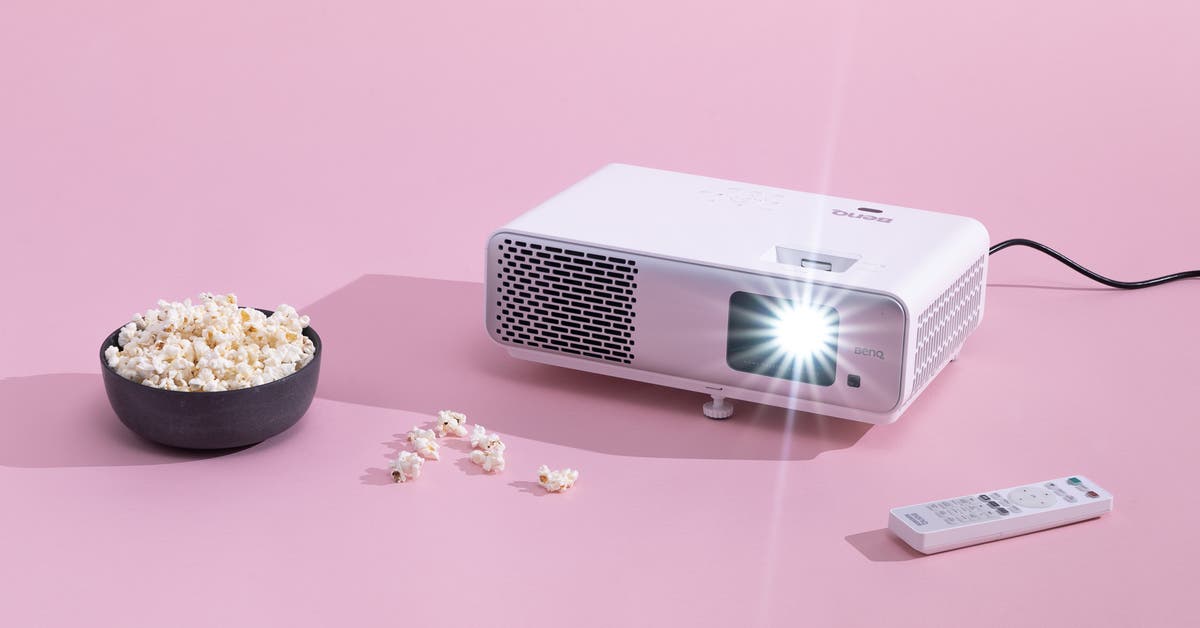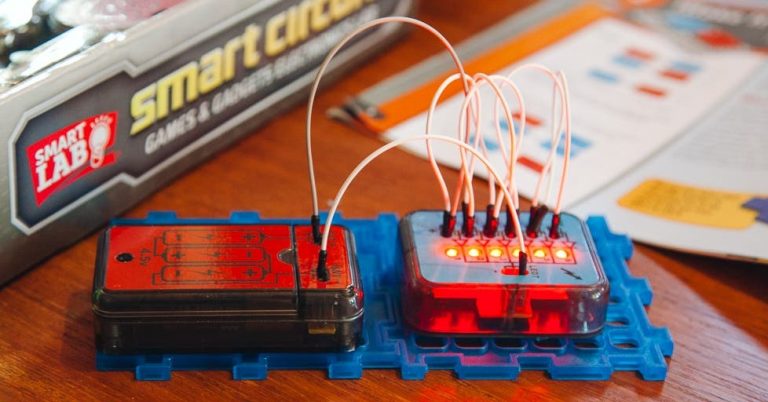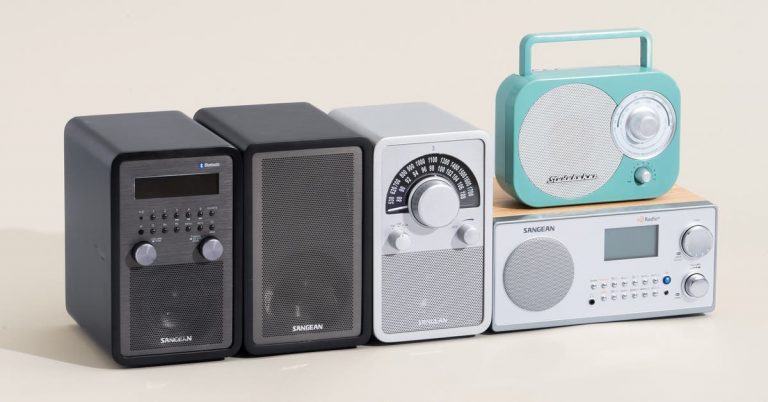The Best Budget Projector for a Home Theater of 2025

The BenQ HT2060 is our favorite budget projector for home theater because it creates an image that’s more realistic and lifelike than that of other projectors around the same price. It offers accurate color, good image contrast, and great detail, plus enough brightness for you to watch your favorite movies on a larger screen.
The HT2060 follows in the footsteps of the now-discontinued HT2050A, which was our top pick for several years. The new model retains what we liked about the HT2050A and improves upon it in certain respects, such as switching from a traditional bulb to a long-lasting LED light source.
The HT2060 has better contrast than similarly priced projectors. Although this projector is not as bright as some competitors that are geared more toward living-room use, in our tests it still had plenty of light output for illuminating our 100-inch Silver Ticket screen. We measured 830 lumens in the most accurate picture mode, called Filmmaker Mode (yes, that Filmmaker Mode), which is meant for dark-room viewing.
We got 946 lumens in the Living Room mode, which has a slightly bluer color temperature (the color of white) and more saturated color that helps it pop in a room with some lights on. Like most budget projectors we tested, this model also has a Bright picture mode that’s even brighter (1,636 lumens), but it produces a very green color temperature — it’s suitable for the occasional daytime sporting event, but you wouldn’t want to watch movies in that mode.
Even with its pleasing brightness, the HT2060 renders a respectably dark black level, and the result is better contrast than most budget projectors can muster. When watching movies in a dark room, we found that the HT2060’s image looked richer, with more depth and color saturation. In our darkest Blu-ray demo scenes from Dune, Mission: Impossible – Rogue Nation, and Pirates of the Caribbean: The Curse of the Black Pearl, the HT2060 made blacks look actually black instead of gray.
In our measurements, this model produced a slightly deeper black level than its predecessor, but in real-world demos we found it hard to discern a difference. What we could discern was that the HT2060 did a better job of revealing the subtle shadings and fine details in dark backgrounds, which often get lost when a projector has a poor black level.
The real strength of the HT2060 lies in its color accuracy. The Filmmaker Mode measured within the desirable accuracy range in both its color temperature and its color points, no adjustment needed. This is where we saw the biggest improvement over other budget projectors, including the previous HT2050A. The older projector had pretty accurate color, but it required some fine-tuning of the picture controls on our part to get there, and its color temperature had a greenish tint in bright scenes to help it look a little brighter. The HT2060’s output looks more neutral and natural, but as a result, it measures a little less bright than the HT2050A’s output did.
The two HDMI inputs can accept 4K signals and can play HDR10 video content. Projectors generally don’t handle HDR content as well as TVs do, mostly because they just aren’t bright enough. But in our tests the HT2060 did a respectable job of showing HDR scenes from Dune, Pan, and Sicario without looking too dark or washed out.
It uses an LED light source instead of a bulb. That means you get instant on/off capabilities (no more waiting for a bulb to ramp up to full brightness) and roughly 20,000 to 30,000 hours of use, depending on the brightness mode, without having to buy replacement bulbs. This should save you some money over the life of the projector.
The HT2060 has physical lens adjustments. Many budget projectors lack lens adjustments such as physical zoom and lens-shifting dials, which help you properly position the image on your screen. Instead, these cheap projectors rely on digital zoom and keystone correction, which may seem user-friendly but can actually degrade picture quality. The more digital correction you apply to an image, the less clarity you get.
That’s why we appreciate the HT2060’s 1.3x zoom and vertical lens shift (10%). They give you at least a little wiggle room in where you can place the projector while maintaining an undistorted image. In addition, the HT2060 has three adjustable feet for you to further fine-tune the image height and positioning.
The design is living-room friendly. The HT2060’s white cabinet is a little bigger and boxier than that of the HT2050A, but that design helps the built-in speaker sound fuller and louder. The fan noise is almost inaudible in the projector’s eco (dimmer) brightness mode, and it’s still pleasingly quiet in the normal mode.
In addition to two HDMI inputs, the connection panel has a powered USB port, which is useful for providing power to a streaming stick so you don’t have to run a power cable to that add-on. You also get analog and digital audio outputs to connect an external speaker and an RS-232 control port to integrate the projector into an advanced control system. The remote control is fully backlit and has buttons for quickly accessing many picture adjustments, but it relies on IR control rather than Bluetooth.
Because the HT2060 has a 60 Hz refresh rate, it can’t handle fast motion as smoothly and cleanly as a 120 Hz projector can. As a result, this model is generally fine for movie-watching, but gamers and sports enthusiasts may want to check out the affordable gaming projector we list in Other budget projectors worth considering — especially if you mostly enjoy those types of content with the room lights on. For gaming, we did measure a respectably low input lag of 16.3 milliseconds when the HT2060’s “fast mode” was enabled.
Flaws but not dealbreakers
The price fluctuates more than we’d like. When we first tested the HT2060, its price was right at $1,000. It often sells for around $900, but right now it’s up to $1,250 (the highest we’ve seen it). This projector is still the best performer we’ve tested at that price, but the value proposition isn’t as clear.
The HT2060 produced some digital noise in mid to dark grays during our tests. It wasn’t an ever-present noise — just in specific shades of gray here and there. The rest of the picture actually looked quite clean most of the time. And the effect wasn’t evident from a viewing distance of 6 or more feet. So unless you like to sit very close to your screen, it shouldn’t be a problem.
Also, this budget model doesn’t have an automatic iris that adjusts the image brightness based on the content being displayed, a feature that is commonly found on higher-end home theater projectors and can significantly improve the contrast ratio.
There are no smart features built in. A lot of budget-oriented projectors now include features such as Wi-Fi, Bluetooth, and built-in streaming apps. The HT2060 lacks those things, but that isn’t a huge issue since you can add those functions through a good media streamer for less than $50.
Plus, the projector’s built-in speaker sounds respectably full and loud, and its inclusion of both analog and digital audio outputs lets you easily connect a variety of speakers.
Some people are sensitive to the rainbow effect in DLP projectors. Single-chip DLP projectors like this one often use a spinning color wheel to create the image, and some people can see visible trails of color on the screen. Most people don’t see it at all, but if you do, an LCD projector like the Epson EpiqVision Mini EF22 may be a better choice. (Learn more about the different types of projectors.)







